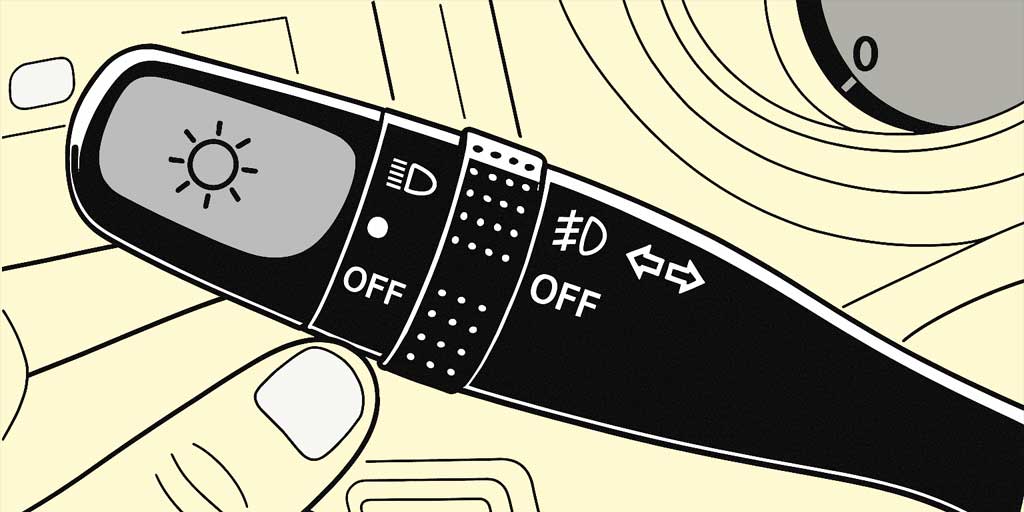Why Signaling is Important
Whether you’re behind the wheel of a car, riding a motorcycle, or pedaling a bicycle, signaling your intentions is one of the most important things you can do for your safety (and that of those around you).
Signaling helps other road users anticipate your next move and react accordingly, reducing the risk of accidents and misunderstandings.
Communicating with Others
When you’re on the road, you share it with various drivers, cyclists, motorcyclists, and pedestrians. Clear communication is key, and turn signals, brake lights, and hand signals are the universal language of the road. Properly using them lets others know when you’re turning, changing lanes, stopping, or slowing down.
Failing to signal can lead to serious consequences.
Drivers might not expect you to merge into their lane or stop suddenly. Pedestrians may step into the crosswalk, thinking you’ll continue forward. Not signaling can lead to crashes, injuries, and even fatalities in these scenarios.
If your signal lights are not functioning or bright sunlight makes them hard to see, you must use the hand-and-arm signals shown in the Driver Handbook.
Legal Requirements for Signaling
In all 50 states, signaling is not just good practice — it’s the law. Here are some key situations when you must signal in California:
- Turning:
You must signal before making a right or left turn, whether at an intersection, driveway, or parking lot. State law requires you to signal at least 100 feet before turning. On highways at higher speeds, this distance should be greater, at least 200 or 300 feet. - Changing Lanes:
When merging or switching lanes, you must also signal your intentions. This helps prevent sideswipe accidents and lets other drivers adjust their speed or position. Before you change lanes on a freeway you must signal for at least five seconds. - Stopping or Slowing Down:
While brake lights generally communicate that you’re slowing or stopping, cyclists and drivers of older vehicles may need hand signals if brake lights aren’t functioning. Motorists should also be aware that sudden stops require additional signaling if other drivers might not expect them. - Pulling Over or Re-Entering Traffic:
Whether you’re pulling over to the curb or entering back into traffic from the side of the road, you must signal your movement.
Two Important Reminders for Your Test
- You must signal even when you do not see other vehicles around you.
- You must turn off your signal when you no longer need it.
Hand Signals for Cyclists and Motorcyclists
Not all road users have electronic signals. Bicyclists, and sometimes motorcyclists, use hand signals to communicate. These are legally recognized in every state and include:
- Left Turn: Left arm extended straight out.
- Right Turn: Left arm bent upward at the elbow, or right arm extended straight out.
- Stop/Slow Down: Left arm bent downward at the elbow.


